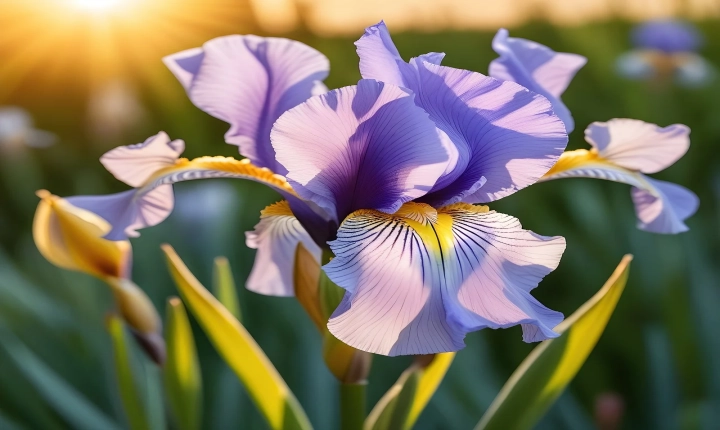Artificial Intelligence (AI) is revolutionizing the way art is created and appreciated, with AI-enabled systems now capable of generating stunning artistic pieces. But how does AI art actually learn? In this article, we will explore the underlying mechanisms behind AI art creation and the learning process it undergoes.
AI art learning is driven by a subset of AI called “generative adversarial networks” (GANs). GANs consist of two main components: a generator and a discriminator. The generator is tasked with creating images, while the discriminator evaluates these images for realism. This adversarial dynamic drives the learning process, as the generator continually tries to produce more realistic images to fool the discriminator, and the discriminator gets better at distinguishing real from fake images.
The learning process begins with the GAN being trained on a large dataset of existing artwork. This dataset could range from paintings and sculptures to photographs and even sketches. The GAN then analyzes these artworks to understand their underlying patterns, styles, and visual elements. This process is known as “unsupervised learning”, as the AI does not require explicit labels for the images in the dataset – it learns to create art by identifying and replicating the inherent patterns and structures within the data.
During the training phase, the GAN iterates through countless cycles of generating images and refining them based on the feedback from the discriminator. Each cycle involves the generator creating new art, the discriminator evaluating it, and then both components adjusting their parameters accordingly. Over time, this iterative process allows the AI to learn and mimic the diverse styles and techniques present in the training dataset.
One of the key advantages of AI art learning is its ability to produce original and novel creations. Unlike traditional algorithms or programs that follow explicit rules, AI art learns to capture the essence of an artist’s style and create new artworks that are inspired by, yet distinctly different from, the original works in the training dataset. This ability to blend and remix different artistic styles is a testament to the AI’s learning capability and its potential to expand the boundaries of creativity.
Another fascinating aspect of AI art learning is its ability to adapt and evolve. As it continues to learn from more diverse and vast datasets, the AI can develop a deeper understanding of artistic styles and techniques. It can also learn to incorporate feedback from human artists or art critics, further refining its ability to create compelling and meaningful art.
However, the learning process of AI art is not without its challenges. One of the main concerns is the potential ethical implications surrounding copyright and intellectual property. As AI art learns from existing artworks, questions arise about the originality and ownership of the generated pieces. Additionally, there is the risk of AI-generated art being used to replicate or manipulate existing styles without proper attribution or consent.
In conclusion, AI art learning is a complex and dynamic process driven by generative adversarial networks. Through unsupervised learning, iterative training, and adaptation to diverse datasets, AI art can learn to create original and inspiring artworks. As this technology continues to evolve, it is essential to address the ethical considerations and ensure that AI-generated art respects the principles of creativity and intellectual property. Nonetheless, the potential for AI art to push the boundaries of artistic expression and creativity is truly exciting and holds promise for a new era of art creation.
